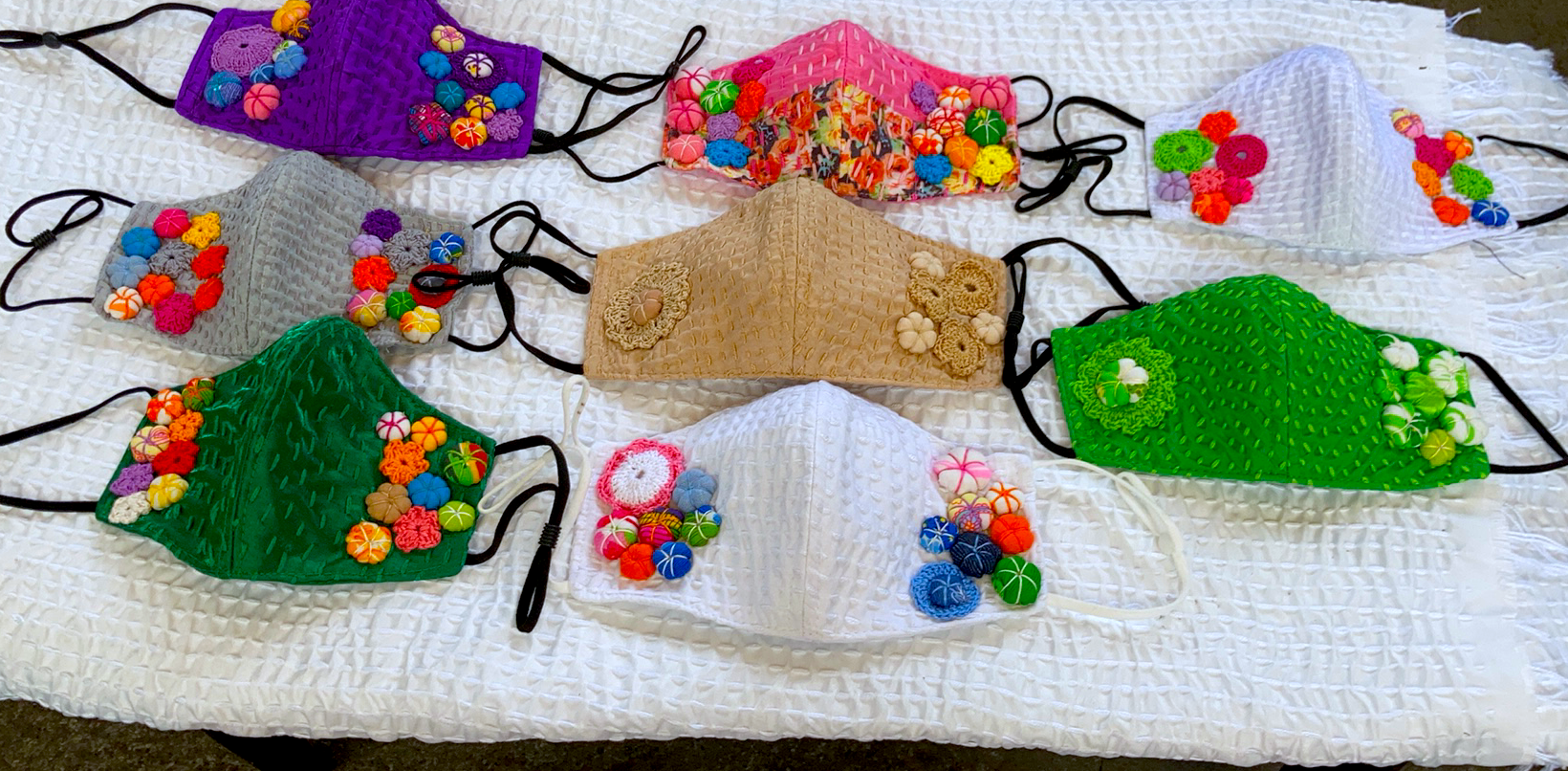“We can only do so much in our lifetime… our possessions are either a necessity or a mere luxury… and our accomplishments are a fulfillment of our self-worth that only lasts for a certain period of time. I am happy that I have created something beautiful that gives me and other people a moment of joy. More than anything else, being kind, living healthy and having good vibes matters the most.”
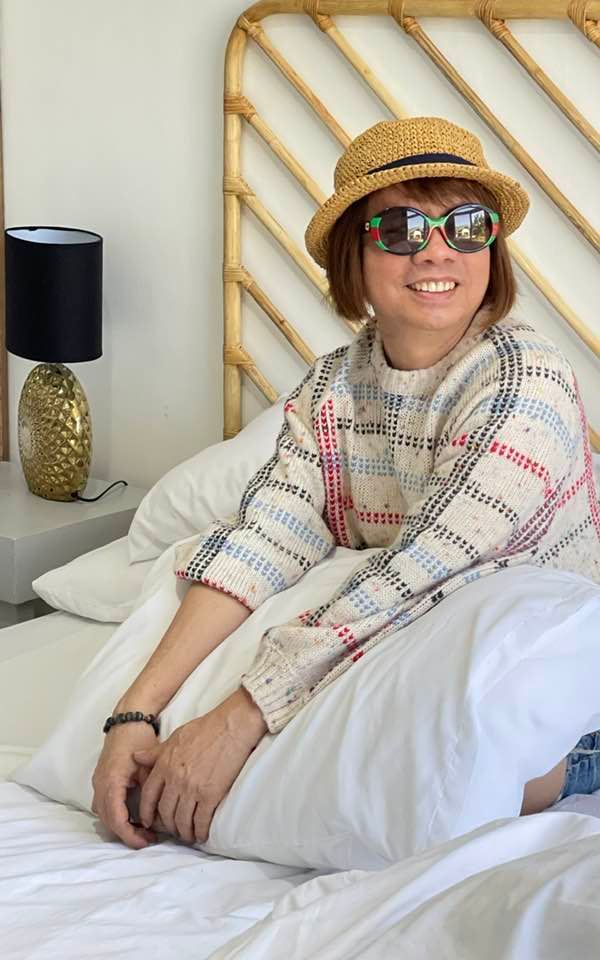
These are the words uttered and feelings that are expressed in the span of my two times 40-minute conversation over facebook messenger with Philip Torres. A spontaneous person who has experienced both the irony and the flattery of his sweet life in the Philippines. His curiosity has brought him to the kind of fame he gladly pursued through his diverse and free-spirited personality that reflects his art, work and social competencies. I personally feel happy whenever I glimpse at my “Pidayit” pillowcases I ordered from Philip. The stimulating colors send signals to my brain that I can also do something creative in another way. It is obvious that writing other people’s stories is my passion. People who are willing to share their experiences, works, advocacies and passion and that we will learn something good from them. That is probably my creative (social) side.
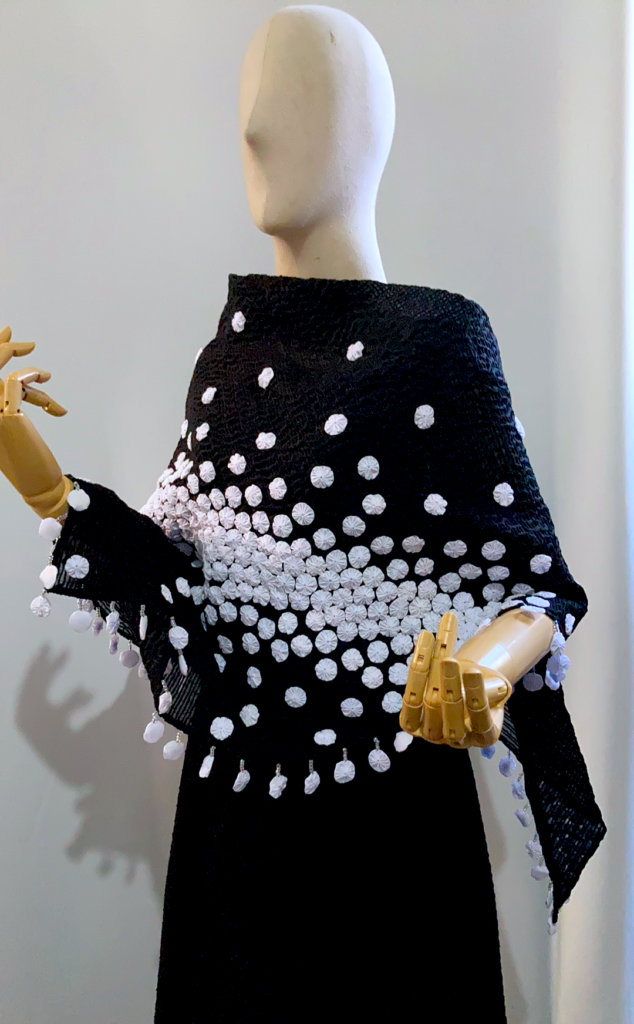


Philip is from Angeles City and it is also where his roots have grown deeply together with the people behind “Pidayit”. Through the years, his works have transcended from making “tapis” (shawl) to high street fashion bucket hats, colorful coats and bomber jackets, elegant bibs, “barong” inspired long-sleeves for men and “Filipiniana” inspired tops with handmade sewed with love and measured with kindness “pidayit” details that resembles as flowers in the springtime or pumpkin and tomato-like accents that gives extra uniqueness to every “unica” piece. New to his creations are home essentials like “pidayit” accents cushion, bags and giant wall art for exhibition. He also made necklaces named after Martha Stewart since Philip considered her as one of the most empowered women in the world. He added that many competetive artists in the fashion industry are not surprisingly many in Angeles City, but finding your niche as a designer and as an artist is a crucial factor. It is how you talk to people you meet everyday that makes the difference. “Dacal ku pa kwentu, pero next time namu ita uling pota nobela ne ing asulat mu kanaku” (I have so many stories to tell that you will end up writing a novel about me) -Philip said with a laugh that lingers on the other line.
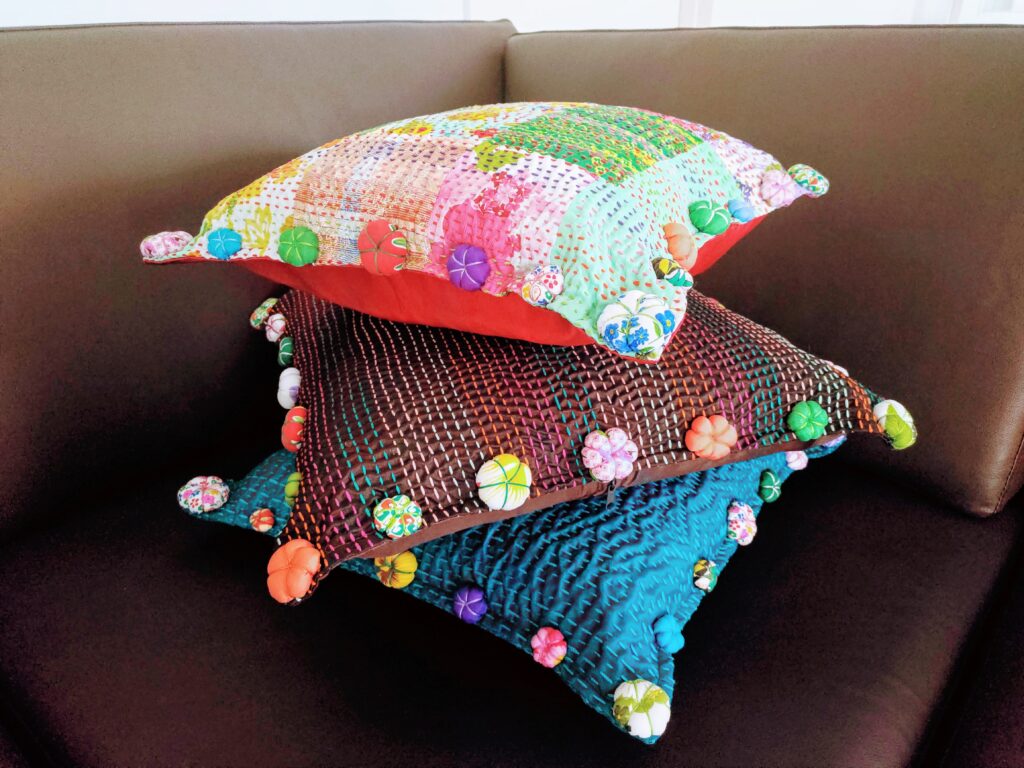
“I have achieved my goals, both personally and professionally, but I would prefer to be known as a kind, happy and helpful person than a famous artist in my time. I must admit that I still want to do a lot of other things and I have some projects in my mind, so many good ideas. But for now, this is what our Almighty has given me and I believe that everything has a right time and it will come to me no matter what” -says Philip.
Philip Torres’ advocacy is mainly empowering talented women who are able to work from home and for them to provide healthy food for their children. Second is to educate the youth about the culture. Third is to unify the people in town and the region itself by promoting art and culture. His stand in supporting the local community enables “Pidayit” to continue producing timeless designs of superior quality. Fourth is the practice of a sustainable fashion that is to reduce the chemicals and waste materials by upcycling materials from good resources. Lastly, the concept of creating “Pidayit” is to create a product that would encourage everyone to appreciate the richness of the “Kapampangan” culture by wearing it as an “essential” part of wardrobe. Philip would like the locals to experience the feeling of belongingness to the society at its utmost level by supporting the local products in his hometown. He has also been making pieces to known personalities inside and outside of the Philippines, particularly to women of modern style and substance.
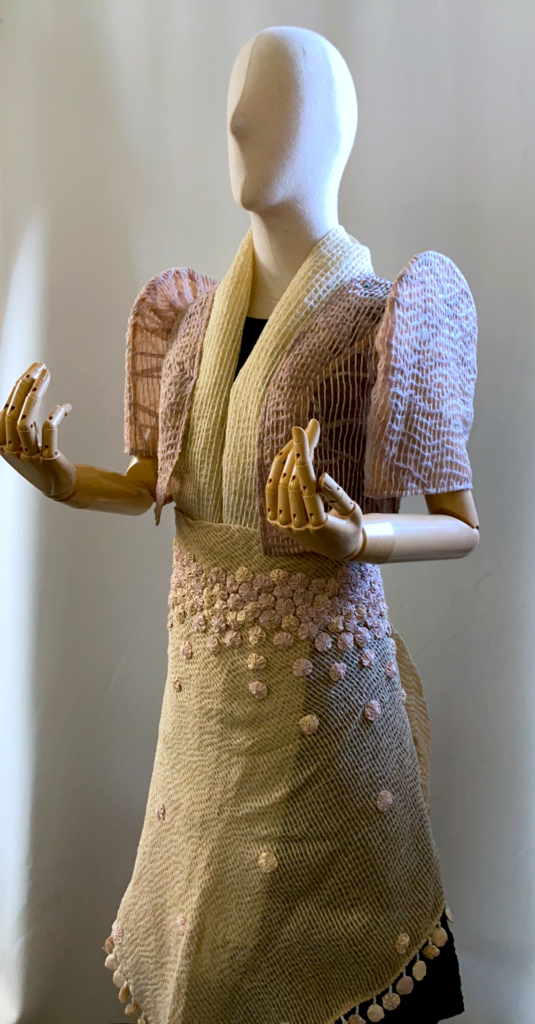
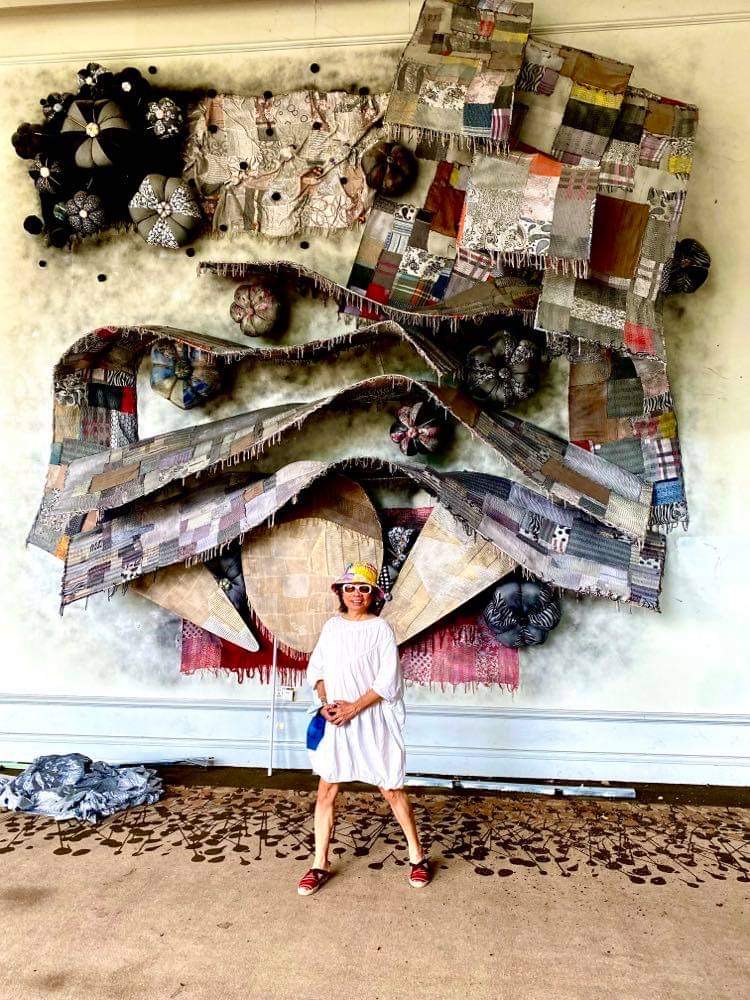
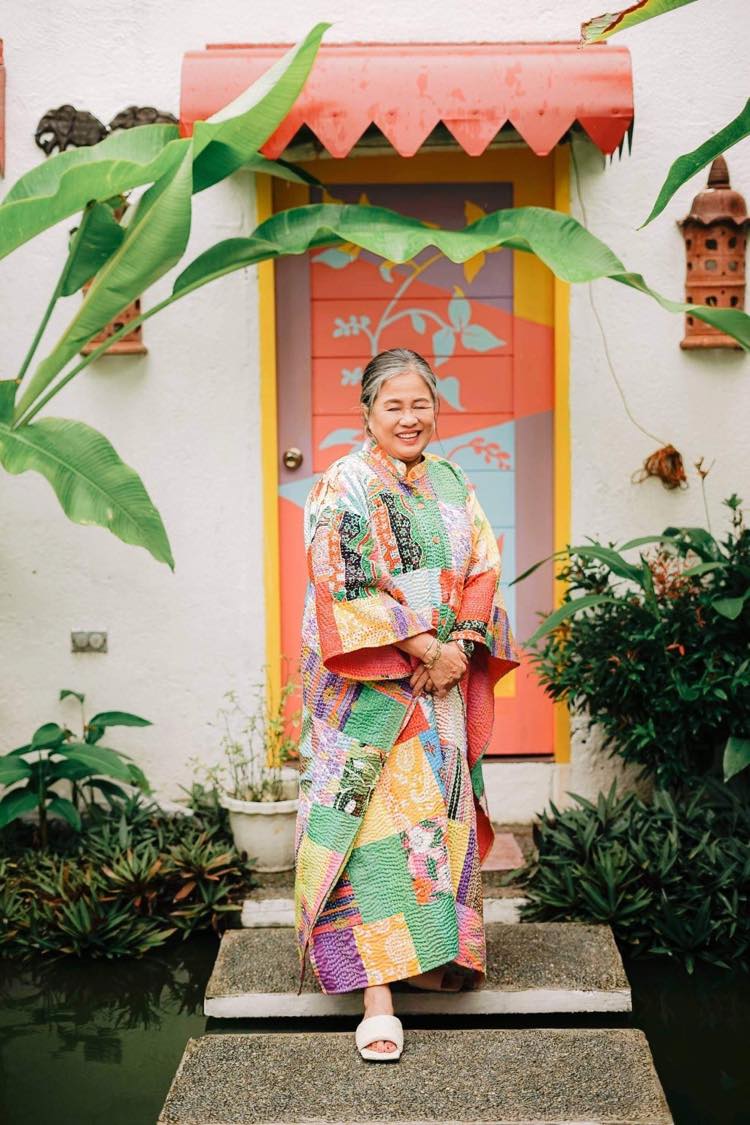
“The practice of a sustainable fashion is to reduce the chemicals and waste materials by upcycling materials from good resources.”
“Pidayit” means To Unite and when we are united, we are stronger. Here in Denmark and in many old countries in Europe, where a strong cultural sense is observed, heirlooms are considered a bond and connection from one’s ancestors that is passed on to generations. Danish designs like Georg Jensen’s jewelries and accessories, Royal Copenhagen Porcelain and Louis Poulsen’s lamps top the list among the most collected possessions inside a typical Danish home. My favorite -the “big artichoke”. It catched my attention when I saw it hanging at a restaurant and that was before I even knew that it was a designer lamp. In time, I’ll have one of his beautifully designed lamps in my house I believe. In the same way, “Pidayit” aims to be an important memory of where one came from. The famous “Kapampangan” song entitled “Atin Cu Pung Singsing” (I once had a ring) is a strong reminder of how the people in Pampanga were brought up and worked their best to preserve the culture, values and keep the heritage of the family. I personally feel sad sometimes about the values that were lost in some Kapampangan and some Filipino homes, whose values and traditions were half forgotten because of different factors like the lack of “pacamalan” (to treasure/consider something very valuable or memorable) to the elderly’s personal possessions. Probably one of the reasons is to survive. We are unfortunately nonetheless lack the interest of keeping possesions since we believe that they are of least importance when it comes to the time of need.
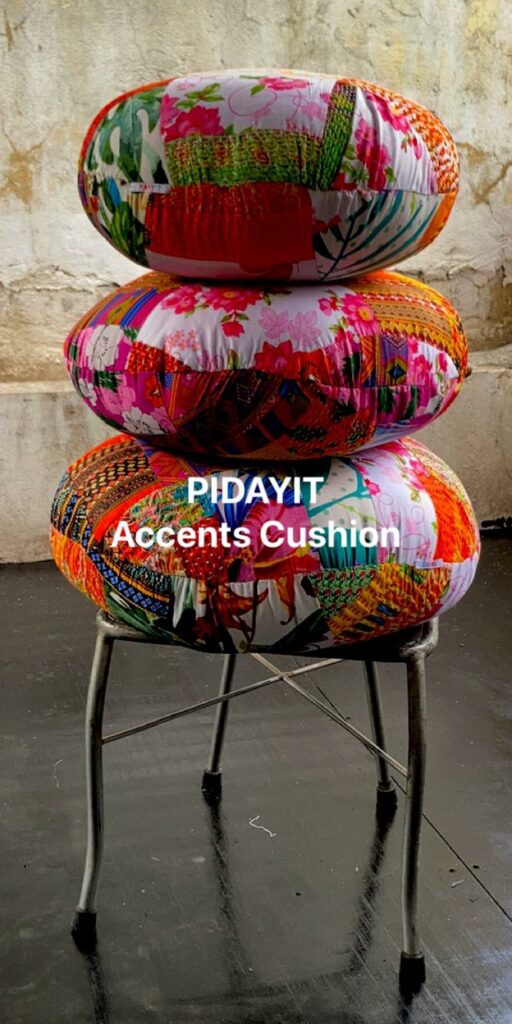
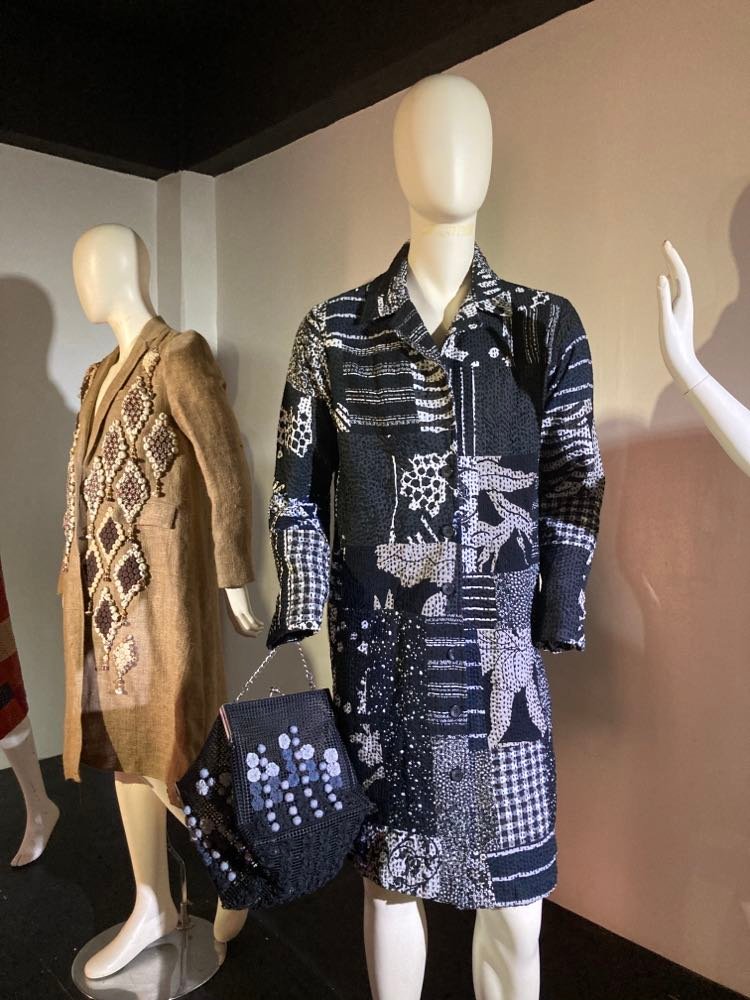

It is never too late to influence our families and friends to appreciate and help in preserving the culture in every country whether in the way we dress, make food, do work and the way we welcome guests. A simple thing we can do is by supporting each other, especially the talented and hardworking ones and those who are willing to be part of the community. -Sheree Ann kratmann indiongco
January 21, 2022
All Rights Reserved. 2022
